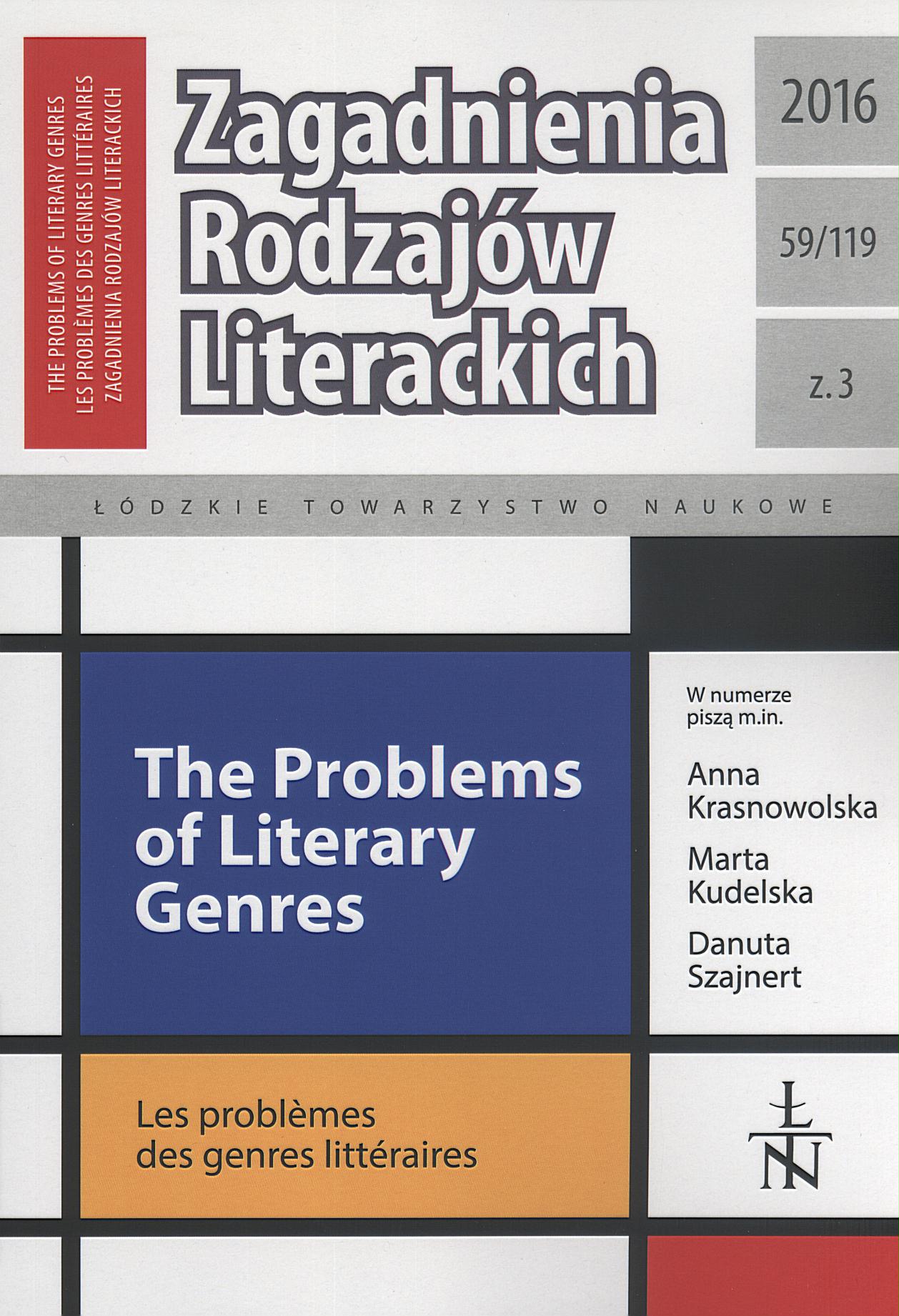An Analysis of the Notion of Vijňānātman in the Context of the Advaitic Interpretation of the Relation between the Absolute Subject and the Relative Subject
An Analysis of the Notion of Vijňānātman in the Context of the Advaitic Interpretation of the Relation between the Absolute Subject and the Relative Subject
Author(s): Marta KudelskaSubject(s): Language and Literature Studies, Studies of Literature
Published by: Łódzkie Towarzystwo Naukowe
Keywords: Upanisads Advaita Vedānta akarātman vijňānātman; Absolute Subject; higher knowledge; relative knowledge; yogic procedures
Summary/Abstract: The main aim of this article is to show how some philosophical concepts developed in the period of the Upanisads — the most important time for building the contextual background for further philosophical speculations — as well as to contribute to the discussion how on the base of introspective experiences formed the Upanisadic view of the world and how that view could have been adopted in Advaita thought. The topic of this article is to show the relation between two dimensions of reality; one of them is denoted by the term akṣarātman — ‘imperishable ātman’, which is related to the Absolute dimension, and the other by the term vijňānātman — ‘reasonable ātman’, which is related to the empirical perspective of reality. The term vijňānātman occurs only twice in the classical Upaniṣads. We can find it in the Praśna. This analysis follows the hermeneutical methodology. All consideration are based on the main text of the Praśna with some additional remarks to the other texts belonging to the line of the Atharvaveda, to the Mundaka and to the Māndūkya. The leading idea of the Praśna and Mundaka is the deliberation between parā (higher) and aparā vidyā (lower wisdom), and the special emphasis devoted to describing the details of yogic procedures.
Journal: Zagadnienia Rodzajów Literackich
- Issue Year: 59/2016
- Issue No: 3
- Page Range: 107-119
- Page Count: 13
- Language: English

